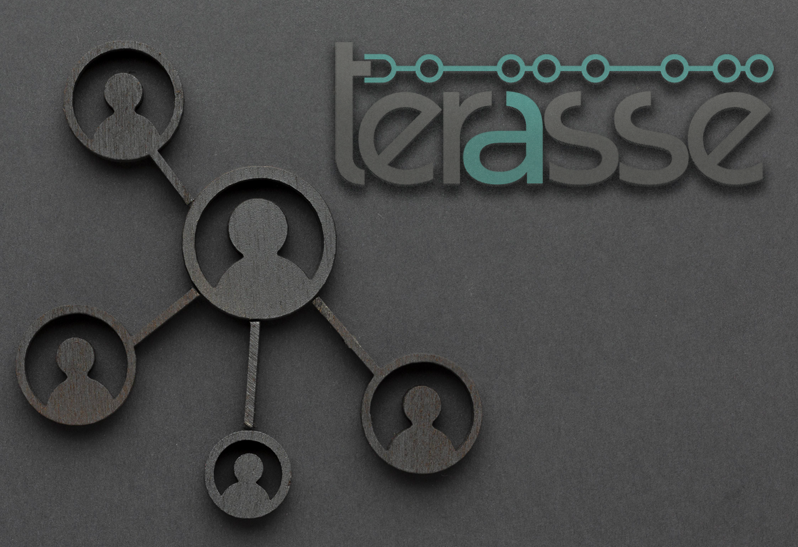October 2019
TERASSE project aims at creating a network of competencies to investigate new solutions for communication and sensing in the Terahertz range, based on fundamental quantum mechanisms.

Several types of nanostructured materials will be investigated, such as graphene nanoribbons and graphene/polymer sandwiches, with embedded mesoscopic structures, or atomic chains (e.g., transition metals dichalcogenides and graphene dots and their chains) with interatomic coupling. First, new promising physical mechanisms will be studied, enabling the excitation of mesoscopic structures via shot noise, Rabi and Rabi-Bloch oscillations, and direct interband THz transitions induced by optical excitation. Then, new effective methods for mesoscopic systems will be developed, based on integral formulations that overcome the limits of the methods available so far.
The numerical implementation of such models will allow the analysis and the simulation of novel types of THz devices. Finally, the project will design and implement specific experiments with the aim of observing and demonstrating the proposed physical mechanisms, and of providing proof-of-concept of the proposed THz devices. The final goal is that of bringing these novel solutions from Basic principles and Technology concept (TRL1-2) to analytical and experimental critical function and characteristic proof of concept (prototypes) (TRL3).
A strong training and dissemination activity will be carried out, aimed at sharing competencies and expertise. Special emphasis is to be given to the interactions between theoretical and experimentalist Academic partners. The partners will transfer each others competencies and know-how in fields such as nanotechnology and quantum physics, in antennas and circuits modelling and design, in material and device fabrication and in experimental characterization. This will also create a stable network for future collaborations aimed at the exploitation of the project’s results.